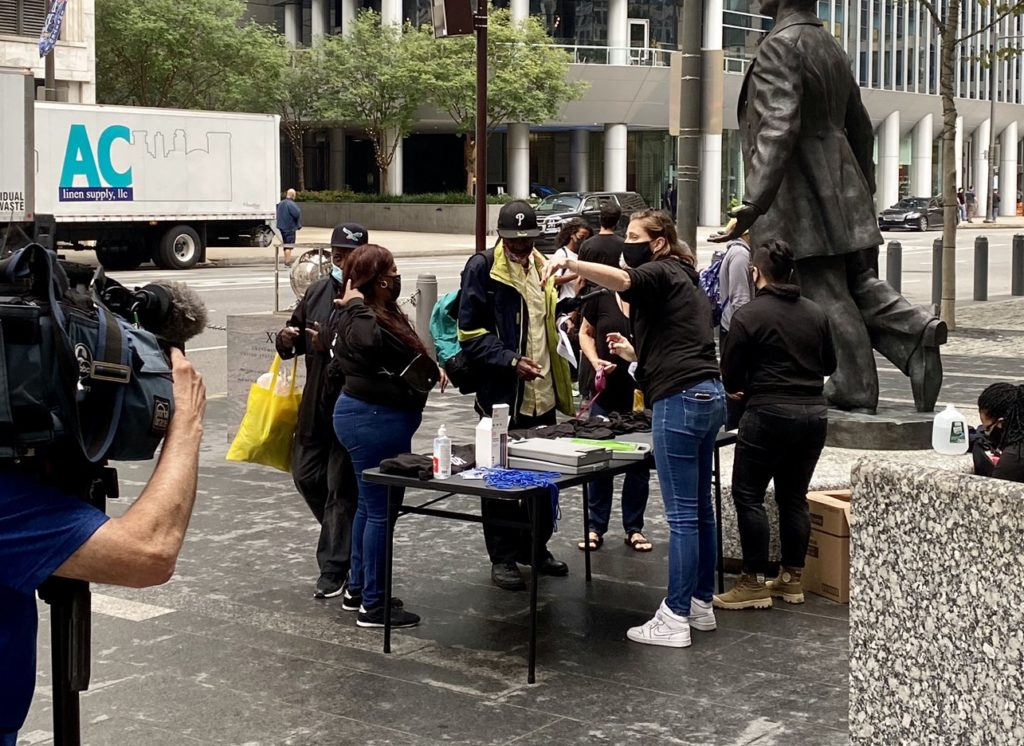

Voters “want to see the change we’ve been talking about,” said Henry-Taylor. “We’ve all seen the lack of equity in the system, and when you get some lightning strikes like George Floyd, those ideas begin to take form.”Īnd while the next class of incoming judges won’t be established until November, reformers say Tuesday night’s results have already opened up chances for reform. “Students of the law have been talking about these issues for some time,” he said. “But winning campaigns reflect changing times,” he said. “Running as ‘a law-and-order judge’ meant certain things. But Duquesne University law professor Joe Mistick said it was no surprise to hear candidates speaking openly about such beliefs this year. The rise of a slate of judges campaigning explicitly on their philosophical beliefs is unusual: Judicial races often are run on little more than candidates’ resumes. And the party charges an endorsement fee which runs into the high four-digits. In all, 6 out of 9 Democrat-endorsed candidates finished in the top tier - roughly on par with the Slate of 8's performance. Wagner and Watson were endorsed by both the party and the Slate of 8. But the party endorsement has long been seen as key for low-wattage races like judicial contests.īoth slates performed well, compared to the overall field. The committee's picks, made by party insiders, have been controversial in previous years, when they have been faulted for overlooking progressive candidates and candidates of color. To some extent, that slate was an effort to provide a base of support to serve as an alternative to the Allegheny County Democratic Committee. The nine seats available on the county’s bench represent roughly a quarter of the county’s judgeships - a rare opportunity to alter, or reaffirm, the county’s approach to criminal justice.Ī handful of progressive activist groups sought to seize the moment by advancing a “ Slate of 8,” a roster of candidates committed to criminal-justice reforms that include opposing the use of cash bail and finding more ways to divert defendants away from the criminal system when possible. The sheer number of candidates on the ballot - 39 - both suggested how much was up for grabs this year, and how difficult it was for voters to make sense of it. Konieczka, Jr., William Caye, Chuck Porter and Mark Patrick Flaherty. The rest of the GOP field included Joseph Parick Murphy, Anthony DeLuca, Daniel J. Judicial candidates are allowed to cross-file with both parties, and Beemer, Korbel and Middleman all finished in the top tier of Republican candidates as well. … These are people who have not had a voice in how our system operates." Two-thirds of the top nine Democrats were women, and four are Black, a fact that Middleman said “demonstrates that people recognize that people who have been traditionally disenfranchised need to have a voice. “There are a lot of progressive people that want to see the system be fair and equitable to all people, and I think that's what this election showed.” "The people of Allegheny County are ready for big change in the judicial system,” said Middleman. The other four top Democratic vote-getters were Sabrina Korbel, Elliot Howsie, Bruce Beemer, and Jessel Costa. They were: Allegheny County Controller Chelsea Wagner attorney and former Magistrate Judge Wrenna Watson local attorney Nicola Henry-Taylor, defense attorney and former District Attorney candidate Lisa Middleman, and Duquesne University clinical law professor Tiffany Sizemore. Nine seats were up for grabs on the County’s Common Pleas Court, and unofficial early results showed a reform-minded set of hopefuls were poised to capture five of them. A bid to reshape Allegheny County’s approach to justice appeared to make real headway on Tuesday evening.


 0 kommentar(er)
0 kommentar(er)
